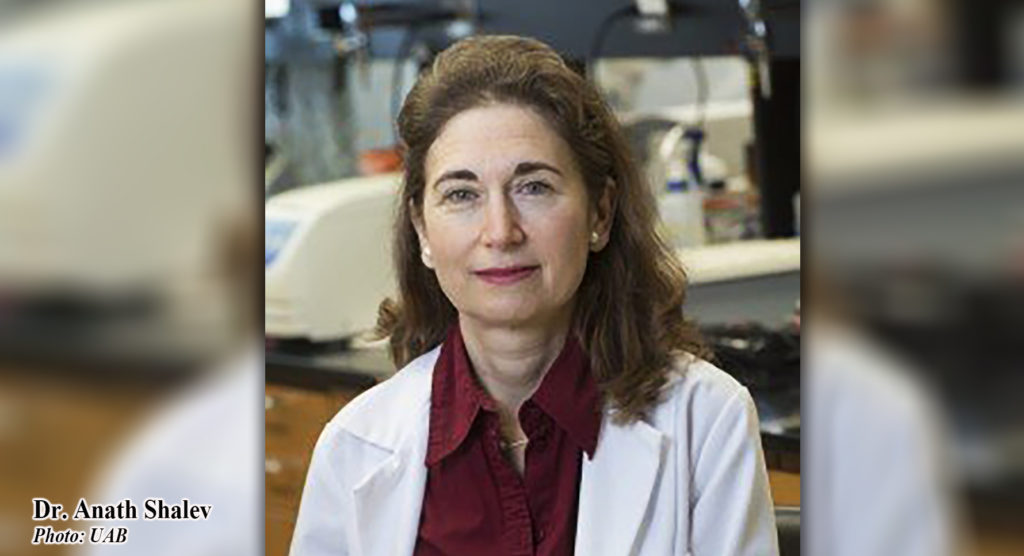The drug candidate is a non-toxic small molecule that given orally effectively rescued mice from models of Type 1 and Type 2 diabetes.

Mega Doctor News
By University of Alabama at Birmingham
Birmingham, Ala. – The University of Alabama at Birmingham and Southern Research have discovered a new drug candidate that offers a major advance in the treatment for diabetes.
Tested on isolated human and mouse pancreatic islets, mouse and rat cell cultures and animal models of both Type 1 and Type 2 diabetes, the experimental drug significantly improved four detrimental characteristics of diabetes: hyperglycemia, known as high blood sugar; hyperglucagonemia, elevation in the hormone glucagon that counteracts the effects of insulin, promotes glucose production and increases blood glucose; excessive production of glucose by the liver; and fatty liver, known as hepatic steatosis.
The drug candidate SRI-37330 is a non-toxic small molecule that effectively rescued mice from streptozotocin- and obesity-induced diabetes and improved glucose homeostasis.
A study published in the journal Cell Metabolism describes the strong anti-diabetic properties of this newly designed chemical compound. The researchers, led by Anath Shalev, M.D., director of UAB’s Comprehensive Diabetes Center, said that “compared to currently available diabetes therapies, the compound may provide a distinct, effective and highly beneficial approach to treat diabetes.”
“While the safety and efficacy of SRI-37330 in humans still remains to be determined,” Shalev said, “it is highly effective in human islets, is orally bioavailable and is well tolerated in mice.”
SRI-37330 was discovered through two decades of research by Shalev, followed by high-throughput screening of 300,000 compounds and extensive medicinal chemistry optimization at Southern Research, headquartered in Birmingham.
Diabetes is a disease affecting two hormones — insulin and glucagon. In healthy individuals, insulin helps cells take up glucose from the blood when glucose levels are high, and glucagon helps the liver release glucose into the bloodstream when glucose levels are low. In diabetes, insulin release is diminished, cell sensitivity to insulin can decrease, and glucagon release is excessive. This can cause a vicious cycle of escalating blood glucose levels.
SRI-37330 appears to act beneficially on pancreatic islets that produce the two hormones, and also at the liver.
Diabetes affects 425 million people worldwide and more than 30 million in the United States. It is a growing epidemic, with 1.5 million Americans newly diagnosed each year. The preclinical studies led by Shalev suggest that the potential drug SRI-37330 could be beneficial in both Type 1 and Type 2 diabetes, including both lean and obese individuals. Also, diabetes appears to be a significant co-morbidity in the current COVID-19 pandemic.
The 80 million people in the United States who have prediabetes might also benefit from the potential drug. Furthermore, the effectiveness of SRI-37330 in reducing fatty liver in mice suggested it might have the potential to treat non-alcoholic fatty liver disease, which affects about 100 million people in the United States and 1 billion worldwide.











